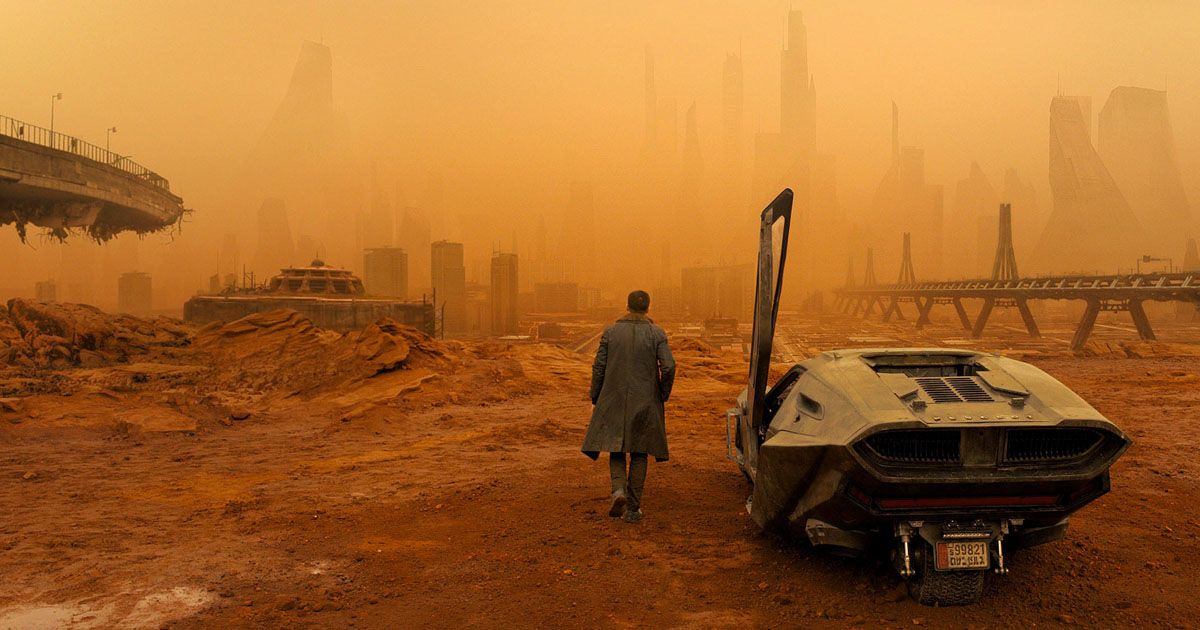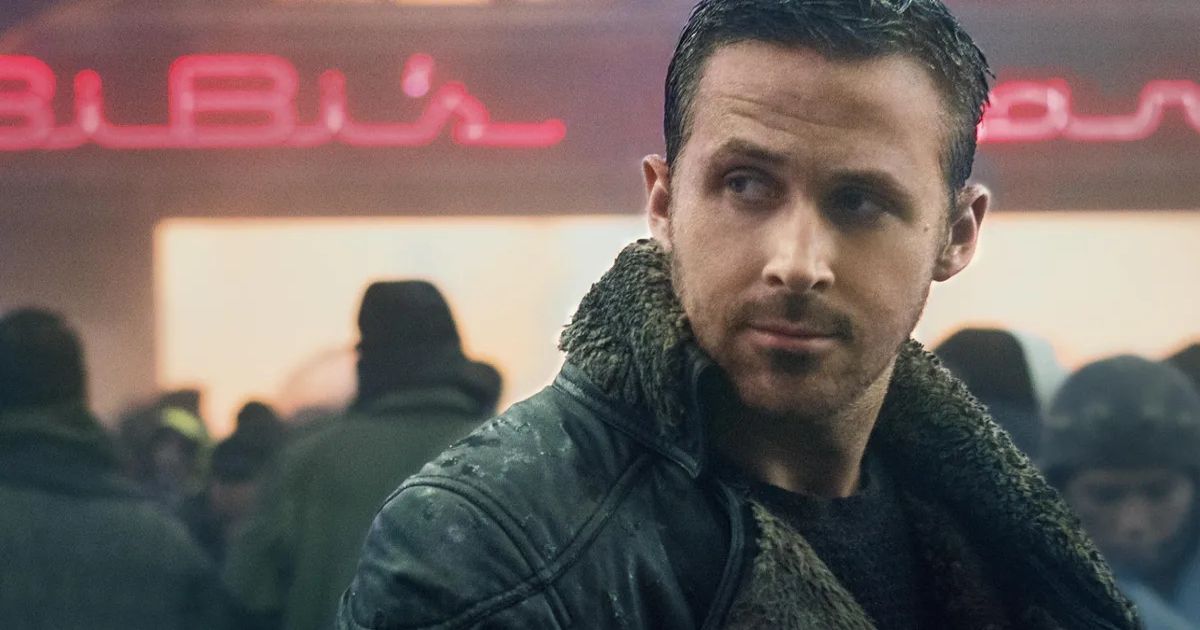Blade Runner 2049 is a 2017 movie directed by Denis Villeneuve, and a sequel to Ridley Scott’s original 1982 movie. It stars Ryan Gosling as K, a replicant who hunts down and kills other replicants who have gone rogue. After killing a replicant, he finds a box that contains the remains of a replicant who died giving birth, proving that they can biologically reproduce. Ordered to find and kill the dead woman’s child, K sets off on a journey that leads him to detective Rick Deckard (Harrison Ford) – protagonist of the original film – and makes him question humanity itself.
Ideas for a sequel to the movie began in the 1990s, but were held up by licensing, and it took 35 years for it to finally happen – one of the longest sequel gaps, according to ScreenRant. Blade Runner 2049 received strong reviews from critics that praised the cinematography, performances, and effects, with the only negative being the movie’s lengthy runtime. Despite this, the movie performed below expectations at the box office, and was considered a flop. Blade Runner 2049 is a visually stunning movie that shines as a sequel and on its own. Here’s why it’s one of the greatest sequels ever.
Here Are 8 Movie Sequels That Were Better Than the Original
It Pays Tribute to the Past While Focusing on the New
Like many legacy sequels, Blade Runner 2049 succeeds in staying true to the original movie in style and plot, while still pursuing something new. The main story centers around K hunting down the child of the replicant woman; this is similar to Rick hunting down replicants in Blade Runner. It also deepens its ties to the original when the body is revealed to be Rachael’s (Sean Young), the replicant Rick grew close to in the original film. This means that the replicant K is hunting is her and Rick’s child. This tie to the past launches the plot in the present, setting K on his journey, where he meets Rick. It’s familiar, and serves to honor the movie’s origins by continuing the story lines of the original characters.
In honoring the past, the movie still embraces the future and succeeds in not doing what might be expected. After K finds Rachael’s remains, he finds out that she had twins, with a son listed as alive. Given that K has a memory of the tree – and that he’s the protagonist of this legacy sequel – it leads him, and the audience, to believe that he is the surviving twin. However, the movie strays from this and later reveals that the birth records were scrambled and Rachael actually had a girl – Dr. Ana Stelline (Carla Juri), who designs memories for replicants. The memory of the tree is her own, and one she implants into many replicants. This breaks away from what was expected, and shows how the movie honors the past but still embraces new characters and stories.
It Expands the Universe
Blade Runner 2049 expands the movie’s universe both literally and figuratively. While the first movie was contained to a futuristic Los Angeles, the sequel takes things to new places and gives a deeper view of the world everyone exists in. While K still works in Los Angeles, we also follow him to the ruins of San Diego and Las Vegas. With 35 years in between the movies, Blade Runner 2049 obviously has access to advanced special effects technology, which it puts to great use with amazing cinematography. The desert of Las Vegas is dusty and orange-hued, and feels wholly realistic. Aside from being visually stunning, it also gives a slightly fuller picture of the world that the characters inhabit.
In a figurative sense, we also learn more about this future world. For example, we learn that the Wallace Corporation has replaced the Tyrell Corporation as the manufacturer of replicants, and that the CEO is interested in replicant reproduction for interplanetary colonization. In addition to the fact the replicants can reproduce, there is also a replicant freedom movement, showing how these androids have developed since the first movie. The movie reflects on the line between human and machine by showing the changes in this futuristic world and expanding what we know about that world.
Best Sci-Fi Movies Directed by Women, Ranked
It Raises New Questions and Ideas
With new discoveries about replicants and what they’re capable of, Blade Runner 2049 opens up a world of new ideas, questions, and theories. Replicants being able to reproduce would change all of civilization, and raises more questions about how aware and how human these androids are. The movie also has an ambiguous ending, much like the original, as K fakes Rick’s death to protect him and the replicant freedom movement, then seemingly dies as Rick meets his daughter, Ana. Much of the future is still unknown, like what will happen to the replicants and what that means for humanity. It also still leaves unanswered the question of whether Rick himself is a human or a replicant, which has been debated since Blade Runner. These new questions pose new stories to explore, and, according to Deadline, a TV series entitled Blade Runner 2099 is currently in the works, which will hopefully answer some of these new mysteries.
Blade Runner 2049 has amazing visuals and effects, which it backs up with strong characters and meaningful questions. It successfully recaptures the magic of the original movie while still making its own unique mark on the universe. It’s not just a great sequel, but a great movie in its own right.


.jpg)
.jpg)
